Frederica Freyberg:
The Madison School District is embarking on a new program starting new year that allows for several hundred high school students to focus on specific learning topics. The Personalized Pathways program allows students to learn about and try on certain career areas. Next year the area is health careers. Superintendent Jennifer Cheatham says the hope is to make high school more relevant to students so they not only graduate but move on to college and careers.
Jennifer Cheatham:
Personal Pathways are a way of making sure that every one of our children graduate from high school, but more importantly graduate with a clear post-secondary plan. It is a strategy to ensure that every child is learning in a smaller, more intimate learning community. It is a strategy to ensure that every child is learning in a smaller, more intimate learning community. It is a strategy that ensures that students see the relevance of their coursework, make sure that their core courses are linked and thematic and provide opportunities for them to explore a theme. And it is a way to ensure that every child has intentional opportunities to explore college and career options. And all of that is driven by a student’s unique academic and career plan that is created by them, with support from the staff and their family, and continually refined as they make their way through high school.
Frederica Freyberg:
So you’re starting with a pilot of this program; is that right?
Jennifer Cheatham:
You know, I think what we like to call it is the first phase. It is a small cohort of 120 to 150 freshmen in each of our four high schools.
Frederica Freyberg:
And what is the topic area that these high schools will be offering?
Jennifer Cheatham:
Yeah. The thematic focus in the first pathway is focused on health and that was selected based on interest. We do these interest surveys of our students annually, as well as the array of kind of resources in the health area that we have in our community, right, where students can really get connected to what’s happening in the real world when it comes to health and health equity.
Frederica Freyberg:
So how does that work for the 9th grader and these 100 students that might partake?
Jennifer Cheatham:
Yeah. So for every student who chooses to enter into this first pathway, their core courses, English, science and history, those three teachers would work very closely together to design integrated units of instruction around this theme, exploring different aspects of health and health in our community, health in our country, health in our world. And through that theme they’ll all learn the key skills that they need to attain to be ready for college, but they’ll do so in a way that’s much more applicable to the world around them.
Frederica Freyberg:
And then in addition to the core courses, there will also be other classes that they can take more specific to health?
Jennifer Cheatham:
Yeah. For each year of high school, there will be at least one half-credit elective course that would allow them to dive more deeply into some aspect of health. Other than that everything else that they take, their arts, their language, those courses and elective options exist outside of the pathway and are very similar to what students experience now.
Frederica Freyberg:
And what are the other opportunities that are included in this kind of cohort? I mean, I understood that there might be internships or shadowing, that kind of thing?
Jennifer Cheatham:
Yeah. So a key component of the pathways model in addition to the coursework that they’re taking and this more technical elective course is the experiential learning opportunities that they have. So that the freshman year might include some simpler things like having guest speakers come to the classroom and talk to them about aspects of health in this particular theme. In future years, as they near their senior year, for example, it could include something like an internship.
Frederica Freyberg:
Is this career-oriented?
Jennifer Cheatham:
You know, I think — I've heard that a lot, and it’s really about the theme. But each theme is tied to a viable career cluster. And that’s important to us, because we want students to have opportunities to explore career options and the full array of career options, because that helps them make a stronger, more intentional post-secondary choice.
Frederica Freyberg:
What about the concerns on the part of some that this is basically tracking into vocational fields?
Jennifer Cheatham:
I know. I’ve heard that a lot, and I just need people to know that’s not what this is. That is not the intent in any way, shape or form. This is about creating more relevance in our high schools. It’s about making sure that every student, not just the students who are privileged to have the right connections, but every student gets a chance to understand and explore all the options that they have before them for life after high school. I think that’s our obligation.
Frederica Freyberg:
And so the smaller kind of learning groups, is that just for the people that end up being in the Personalized Pathways program, or is it across the board within the entire high school?
Jennifer Cheatham:
Yeah. At this point, some of our high schools already have the structure of the smaller learning community, meaning every student may be assigned to a cohort within their school, but we haven’t been maximizing that structure, meaning teachers haven’t been working as closely as they would within the pathways model to surround and support their students. So I think that that aspect, the way we want to use that smaller learning community is what’s new.
Frederica Freyberg:
Is this unique to Madison, or are other districts doing this?
Jennifer Cheatham:
It is not unique to Madison. Other districts have been doing this. And some have been doing it for some time, with excellent outcomes. We’ve done a lot of exploring over three years now to develop our Madison-specific approach. While other districts have been doing something like this, we’re doing in a way that fits the unique needs and the context of Madison, which I think is important, and we’ll continue to do that.
Search Episodes
Related Stories from PBS Wisconsin's Blog

Donate to sign up. Activate and sign in to Passport. It's that easy to help PBS Wisconsin serve your community through media that educates, inspires, and entertains.
Make your membership gift today
Only for new users: Activate Passport using your code or email address
Already a member?
Look up my account
Need some help? Go to FAQ or visit PBS Passport Help
Need help accessing PBS Wisconsin anywhere?

Online Access | Platform & Device Access | Cable or Satellite Access | Over-The-Air Access
Visit Access Guide
Need help accessing PBS Wisconsin anywhere?

Visit Our
Live TV Access Guide
Online AccessPlatform & Device Access
Cable or Satellite Access
Over-The-Air Access
Visit Access Guide
 Passport
Passport





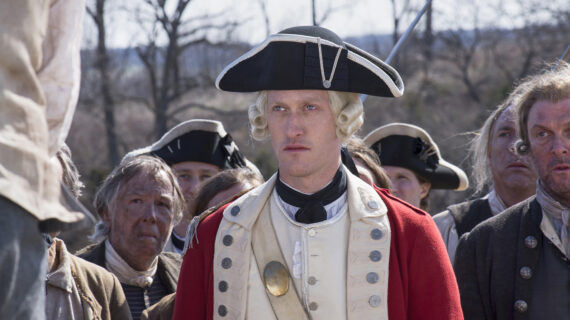
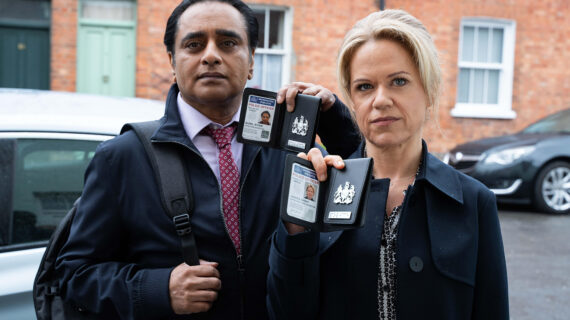
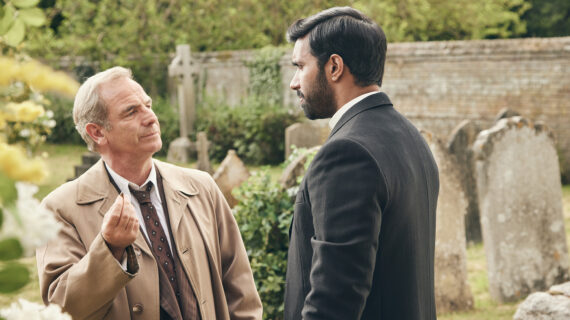
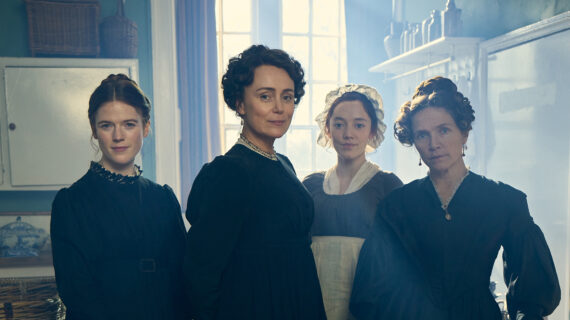

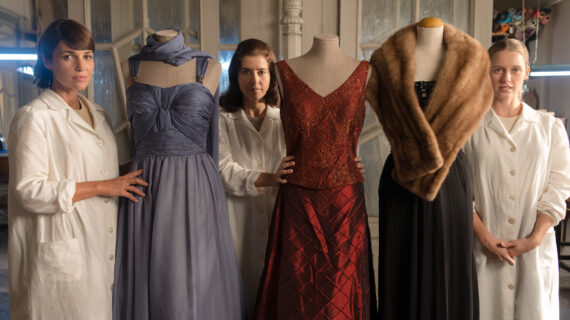
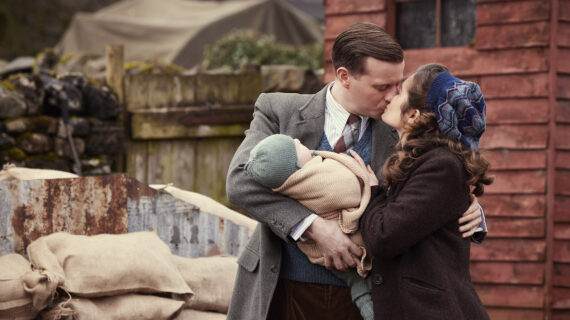

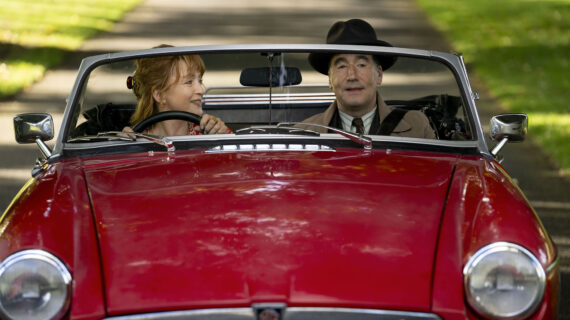
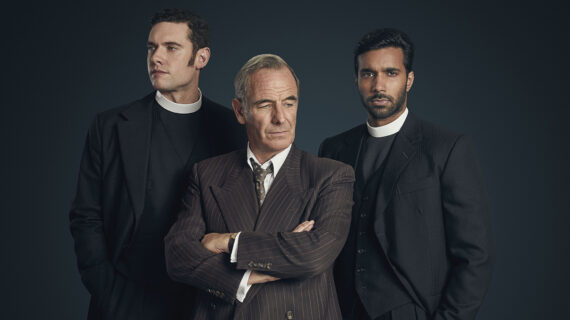
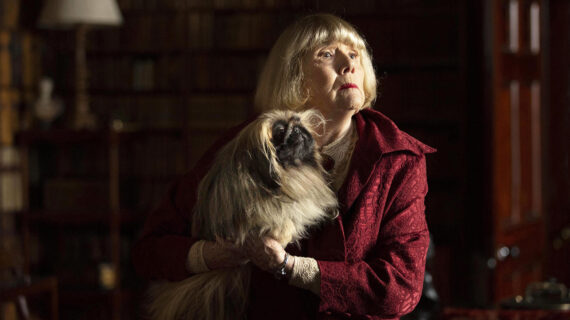

Follow Us